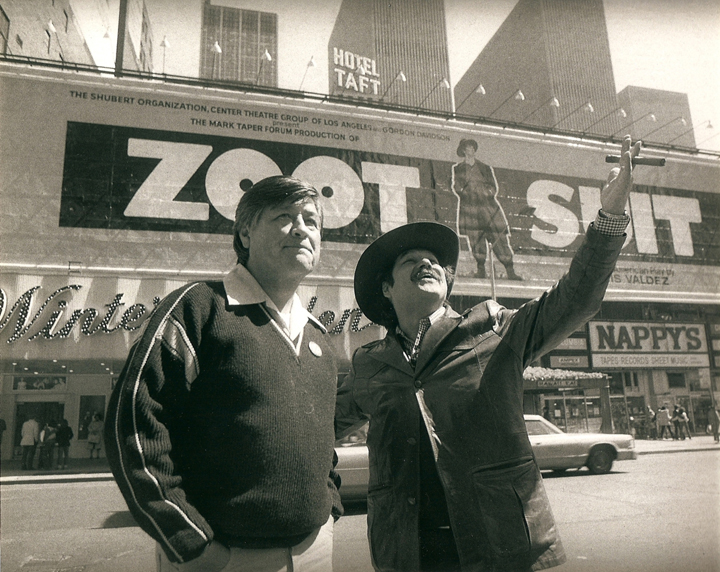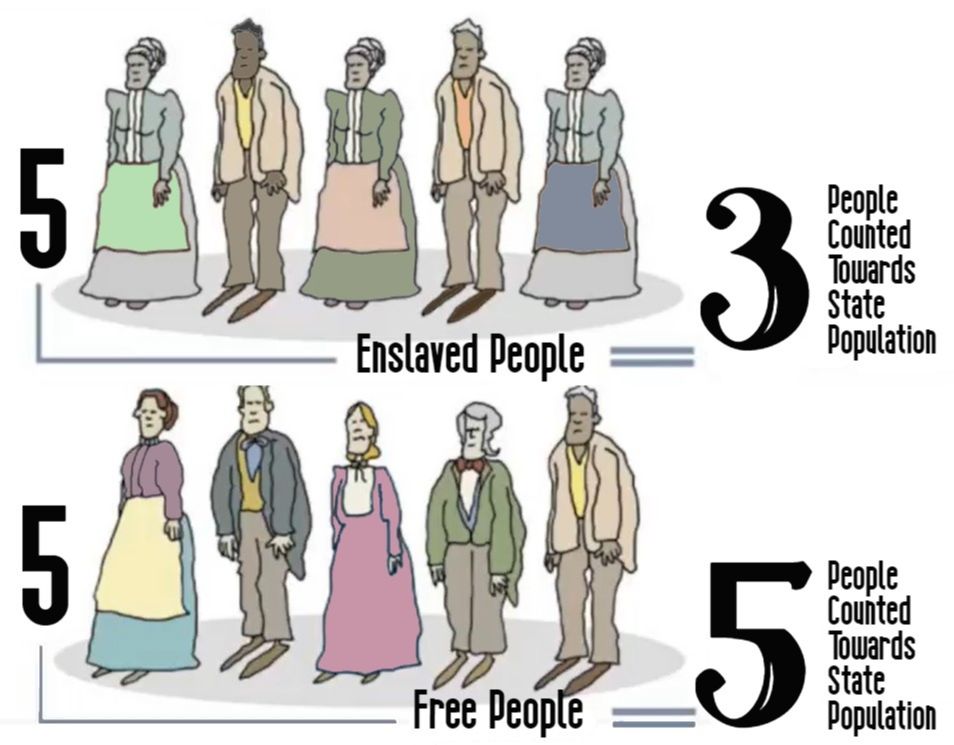In the 1930s and 40s, zoot suits were the hottest trend for young Filipino, Mexican, and African American men like Malcolm X. An emblem of swag, of pride, of defiance. What White servicemen hated. Their mass attack on zoot suiters began #OTD 80 years ago in Los Angeles. A 🧵1/ 

The zoot suit style began at the tail end of the Harlem Renaissance in 1930s. Young men flocked to urban dance halls to socialize and dance. As a compliment to their moves, dancers started wearing zoot suits. Wide pants. Long coats. Wide-brimmed hat. And watch chain. 2/ 

Zoot suits grew in popularity, especially with young Black, Filipino, and Mexican American men residing in coastal cities. A young Malcolm X donned “sky-blue pants thirty inches in the knee” in Boston. Cesar Chavez was “challenging cops” looking “sharp and neat” in Delano, CA. 3/ 



Their parents felt differently. And White Americans too. To them, zoot suits were unrespectable, symbolized gang activity, and threatened social order. Sound familiar? Many White Americans found zoot suits unpatriotic since they required a lot of fabric needed for WWII. 4/ 

In Los Angeles, street fights often broke out between the predominantly White groups of Navy servicemen and Mexican American zoot suiters. On May 30, 1943, one of these conflicts began, leaving one of the White servicemen with serious injuries. 5/ 

Four days later, on June 3, White servicemen retaliated by beating and stripping any zoot suiter they saw. Racist cops watched. Racist reporters celebrated. Newspapers called the beaten men “zoot-suit hoodlums” and “organized bands of marauders, prowling the street at night.” 6/ 

The so-called "Zoot Suit Riots" lasted five days. Mexican, Black, and Filipino youth were targeted even when not wearing zoot suits. The violence only ended on June 8, 1943 because servicemen were barred from leaving their barracks. The next day, Los Angeles banned zoot suits. 7/ 

Some White men wore zoot suits in Los Angeles. But they were not usually attacked; exposing the lie that White servicemen were acting on patriotism. It was never about the suit. Or the fabric. It was a racist attack on the defiant swag of young men of color. 8/ 

Fashion as resistance did not end with the zoot suits. In the 1960s, Asian, Latinx, and Black revolutionaries donned berets, what Huey P. Newton called the “international hat for the revolutionary.” Dashikis became a mark of racial pride among African Americans in the 1970s. 9/ 



Of course, by the 1990s, our baggy jeans sagged. Our Tims and Air Force 1s were fresh. Our dangling chains shined like our pride, like our defiant smiles. When they saw us coming, White Americans and elites of color called us menaces to society, just as they did zoot suiters. 10/ 

When Trayvon Martin was murdered, Geraldo Rivera said, "I think the hoodie is as much responsible for Trayvon Martin‘s death as much as George Zimmerman was." Clothing used to cover up racist terror against a young male of color. Like the zoot suit eighty years ago. 11/11 

• • •
Missing some Tweet in this thread? You can try to
force a refresh

 Read on Twitter
Read on Twitter


















